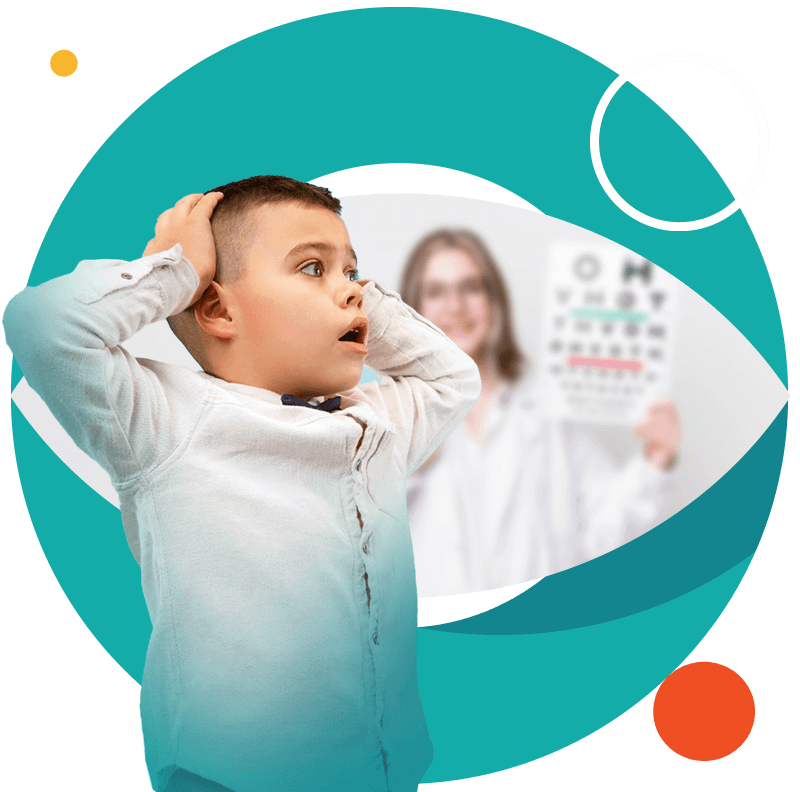Myopia is the medical term for nearsightedness, an ocular condition that affects distance vision. It is rapidly becoming more pervasive worldwide. If left untreated in childhood, it can lead to deteriorated eyesight and the development of more serious ocular disorders such as glaucoma, cataracts, and retinal detachment. Early intervention is essential to slow its progression and prevent these more severe complications. Fortunately, there are many interventions to improve vision and stop myopia progression. With appropriate measures, children can achieve a higher quality of life with improved distance vision.
The following article is intended as a general overview of the symptoms and treatments of this disorder, and not as a diagnostic tool. Contact an optometrist if you suspect that you or your child may have myopia or if you want to follow-up on a previously diagnosed case of myopia.










